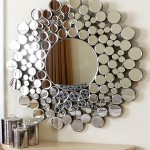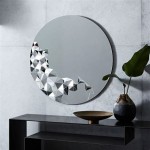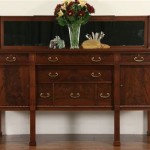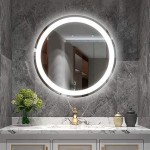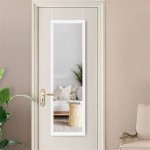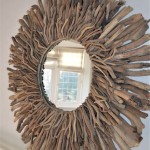Are Mirrors Still Made With Silver Foil?
The shimmering reflective surface of a mirror is something most people take for granted. But the technology behind creating that perfect reflection has evolved significantly over time. While the image of a craftsman meticulously applying silver foil to glass might conjure a sense of old-world charm, the reality of modern mirror production is quite different. This article explores the history of mirror making, the modern methods employed, and the role, if any, that silver still plays.
Early Mirror Production and the Use of Silver
The earliest mirrors were simply polished surfaces of obsidian or other naturally reflective materials. As civilizations advanced, metal mirrors made of bronze, copper, and other alloys became commonplace. However, these metallic mirrors tarnished easily and provided a less-than-perfect reflection. The use of silver in mirror making emerged later, offering a significant improvement in reflectivity.
The process involved applying a thin layer of silver amalgam, a mixture of silver and mercury, to the back of a glass sheet. This method, while effective in creating a highly reflective surface, presented significant health risks due to the toxicity of mercury vapor. This dangerous aspect of traditional silvering spurred the search for safer alternatives.
The Rise of Silvering: Chemical Processes
The 19th century brought significant advancements in mirror making with the development of chemical silvering processes. These techniques eliminated the need for mercury by utilizing chemical reactions to deposit a thin layer of pure silver onto the glass. Justus von Liebig, a German chemist, pioneered one of the most influential methods in 1835. This process involved reducing silver nitrate with a sugar solution, creating a thin, uniform layer of metallic silver on the glass surface.
These chemical silvering methods allowed for the mass production of high-quality mirrors and significantly reduced the health risks associated with mercury amalgam. The silver layer, while incredibly thin, provided excellent reflectivity, making these mirrors comparable to those produced with the older, more hazardous methods.
Modern Mirror Manufacturing: Aluminum's Dominance
While silvering provided a crucial step forward in mirror production, the 20th century witnessed another shift, this time towards the use of aluminum. Aluminum offers several advantages over silver in the context of mirror manufacturing. It is significantly less expensive, more readily available, and provides excellent reflectivity, particularly in the visible and ultraviolet parts of the spectrum.
The process of applying aluminum to glass is typically done through vacuum deposition. This involves heating aluminum in a vacuum chamber until it vaporizes. The aluminum vapor then condenses onto the glass surface, forming a thin, uniform, and highly reflective layer. This process is highly efficient and allows for the creation of large, high-quality mirrors at a lower cost than silvering.
The Role of Protective Coatings
Whether a mirror is coated with silver or aluminum, the reflective layer is incredibly delicate and susceptible to damage from oxidation and environmental factors. To protect the reflective surface, manufacturers apply a series of protective coatings to the back of the mirror. These coatings typically consist of layers of copper, paint, or other protective materials that shield the reflective layer from damage and enhance the mirror's durability.
Silver's Continued Presence: Niche Applications
While aluminum has largely replaced silver in the mass production of everyday mirrors, silver still holds a place in specialized applications. Silver offers superior reflectivity in the infrared portion of the electromagnetic spectrum, making it valuable for scientific instruments, telescopes, and certain types of laser mirrors. In these niche applications, the higher cost of silver is justified by its superior performance characteristics.
Environmental Considerations and Future Directions
The environmental impact of mirror manufacturing is an area of ongoing concern and research. The production processes, whether using silver or aluminum, involve energy consumption and the use of various chemicals. Manufacturers are continually exploring ways to minimize their environmental footprint through process optimization, the use of recycled materials, and the development of more eco-friendly coating materials. The future of mirror making likely lies in further refining these processes and exploring new materials that offer both superior performance and reduced environmental impact.

Guide To Silver Coating Mirrors Vs Aluminum

Photo Of A Solar Still With Reflective Glass Mirrors And B Scientific Diagram

Mrr3045a Mirrors Safavieh

Sx 6040 Antique Mirror Decorative S Llc

How Mirrors Are Made Mirror

Mercury Mirror

How Mirrors Are Made Mirror

How To Make Mirrors By Silvering Glass 8 Steps With Pictures

Giantmirror Glassless Mirror Foil For Large Scale Mirrors

How To Silver Leaf A Mirror Frame Decor Adventures

